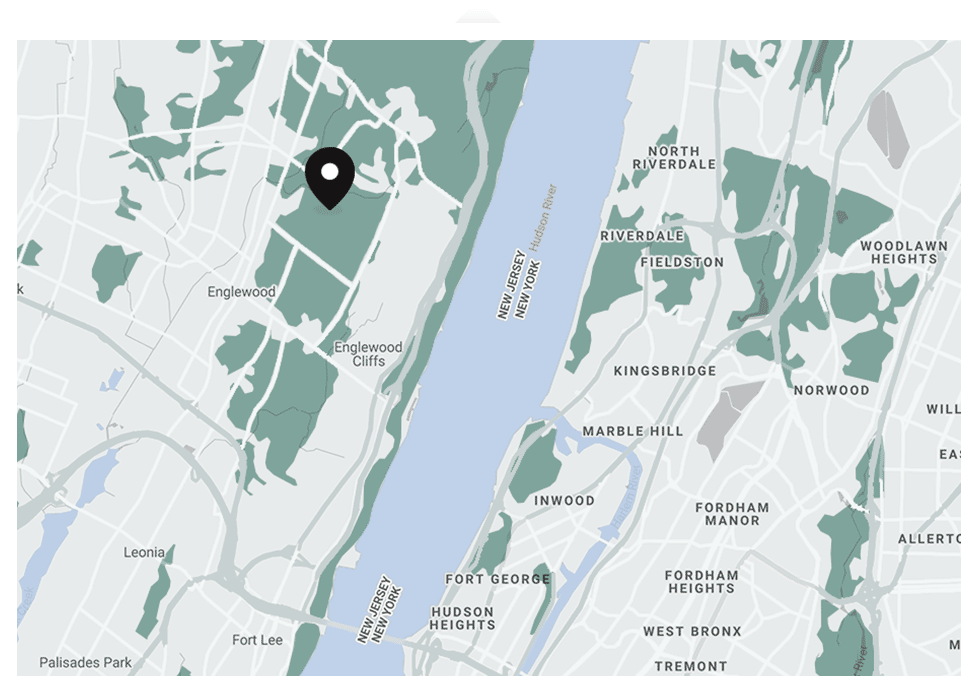Beneficiary Designations
Beneficiary designations are one of the simplest and most flexible ways to make a gift. As you think about ways to arrange your charitable legacies, keep in mind the following reasons why this gift type is so popular and might be a smart way for you to give:
- You can make the gift without having to revise your will or living trust.
- It is easy to modify the beneficiary forms to adapt to changing intentions and circumstances.
- Arranging such a gift is simple and generally entails little or no expense.
- When a charity is a beneficiary of retirement funds, those funds will not be subject to income tax.
- You may save estate taxes, depending on the size of your estate.
- The gift becomes available to the charity with little delay.
How to Make a Gift by Beneficiary Designation
It's simple! You ask your policy administrator for a change-of-beneficiary form, or you can often find this form on your provider's website, and then name The Elisabeth Morrow School as a beneficiary of any of the financial instruments below.
Types of Beneficiary Designations
- IRA and Qualified Retirement-Plan Distributions
A donor can designate that a charity receives all or a portion of what remains in an IRA (regardless of the type of IRA) or in most qualified retirement plans, such as a 401(k) or 403(b). The custodian of the account furnishes the donor with a form that can be completed and returned to the custodian. This is a particularly tax-wise way to give because the proceeds distributed to the charity are subject neither to estate nor income tax. Find out more here.
- Donor-Advised Fund
Unlike the above instruments, where a person still in control of financial assets can elect to name a charity as beneficiary, a donor-advised fund comes into existence only when a person irrevocably transfers assets to a sponsoring charitable organization, such as a community foundation or a financial institution authorized to host donor-advised funds. Thus, if a person has established a donor-advised fund, the question is not whether the money will be used for charitable purposes but rather by which charities and for what purposes.
Typically, the donor will serve as advisor and periodically recommend to the sponsoring organization that grants of specific amounts be made to specified charities. These written instructions are not beneficiary forms, but they are the equivalent because the donor/advisor is directing the gift. Quite often, the donor will name one or more successor advisors—children, for instance—to continue to make recommendations following the donor's death. There is, in fact, considerable flexibility as to what the designated advisor can do with a donor-advised fund.
- Insurance Products
These types of products include life insurance policies of various kinds and commercial annuity contracts. The donor completes and returns to the insurance company a form indicating that the charity is to receive all or a portion of the death benefit.
- Life Insurance Policy
The donor completes and returns to the insurance company a form indicating that the charity is to receive all or a portion of the death benefit. Proceeds received by the charity are not taxed. Find out more here.
- Commercial Annuity
A commercial annuity is issued by an insurance company.
Many people purchase a deferred commercial annuity and let the cash value accumulate until such time as they are ready to start receiving payments. If the owner dies before payments have begun, the accrued cash value will be paid to the named beneficiary. The owner could name a charity as beneficiary of all or a percentage of the cash value, either initially when the annuity was purchased or through a change-of-beneficiary form. The gain in the contract passes to the charity tax-free, but it would be taxed to an individual beneficiary.
When a person either purchases an immediate-payment annuity or converts the cash value in a deferred annuity to payments, that person might opt to receive payments for the longer of life or a guaranteed period—ten years for example. A charity could be named as beneficiary to receive the payments for the remainder of the guaranteed period if death occurs prior to the end of that period. Again, the charity could have been named initially or with a change-of-beneficiary form. Any payments to the charity are not taxed.
- Bank Accounts
A pay-on-death (POD) account involves the donor instructing a bank to pay to a nonprofit all or a portion of what remains in an account when the owner dies. The particular document depends on the bank in question.
- Brokerage Accounts
A transfer-on-death (TOD) account involves the donor instructing a brokerage firm to transfer to a nonprofit all or a portion of investments held in the account at the time of the owner's death. Again, the particulars of the form depend on the brokerage firm.
In certain states, a deed to real estate as well as bank accounts and securities can be transferred by beneficiary designation.
We are available to discuss with you how you might make your own gift through a beneficiary designation.
Next Steps
- Request a change-of-beneficiary form from the administrator of your retirement plan, insurance policy, or bank account or download a form from your provider's website.
- Designate what percentage you would like The Elisabeth Morrow School to receive and name us and indicate the percentage you chose on the beneficiary form.
- Return the completed form to your provider.
- Contact us to let us know your goals for the gift so we can thank you for your generosity and ensure your gift is used as you intend.
Back
© Pentera, Inc. Planned giving content. All rights reserved.
Disclaimer


